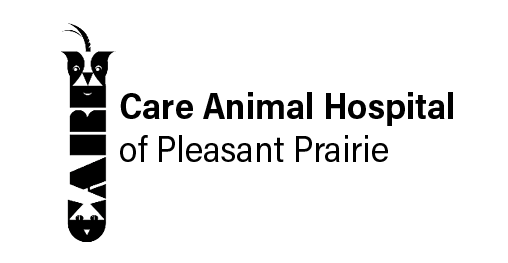Library
-
Oral squamous cell carcinomas (SCC) are the most common oral tumor in cats, and second most common in dogs. These tumors are locally aggressive, with a possibility to metastasize. Regardless of the location of SCC, surgery is the typically the standard treatment. Radiation therapy may be recommended following surgery or as a primary treatment for palliative care. Staging is recommended for all cases. If metastasis is present chemotherapy is often pursued.
-
Fibrosarcomas are the third most common oral tumor in dogs and arise from the fibrous and connective tissues of the oral cavity. These tumors are very invasive locally and are often difficult to manage, Diagnosis is based on biopsy. Treatment involving surgery and radiation provide the longest survival times.
-
Oral melanomas are the most common malignant oral tumor in dogs. Melanomas usually present as a mass in the mouth and may be melanotic (pigmented) or amelanotic (non-pigmented). These tumors are both locally invasive and have a high tendency to metastasize to other organs. Full staging including CT scanning is recommended to determine the extent of the disease.
-
Like humans, benign and malignant tumors occur in dogs’ mouths. Peripheral odontogenic fibromas (POF) are the most common benign tumors while oral melanomas, squamous cell carcinomas, and fibrosarcomas are the most prevalent malignant tumors in dogs. Diagnosis may be performed via fine needle aspiration or biopsy. Spread to mandibular lymph nodes does occur. Fine needle aspiration of the lymph nodes is recommended when malignant tumors are suspected. Tumor staging including laboratory testing as well as CT imaging helps to plan therapy.
-
This handout discusses some of the more common forms of oral tumors in pets. Highlighted are Papillomas (“Warts”) and Fibropapillomas, both of wish are caused by viral infection. Clinical signs, diagnostic methods, and treatment options are highlighted.
-
Orbifloxacin is given by mouth and is used on and off label to treat certain susceptible bacterial infections. Give as directed by your veterinarian. The most common side effects include vomiting, diarrhea, and lack of appetite. Do not use in pets that are allergic to it or other quinolones, in growing pets, or in conjunction with cyclosporine. If a negative reaction occurs, please call your veterinary office.
-
Orbifloxacin + posaconazole + mometasone (Posatex®) is a combination topical ear medication that is used to treat bacterial and/or yeast ear infections in dogs. It comes as a liquid suspension that is applied topically to the affected ear once daily.
-
Occasionally, dogs’ teeth do not erupt in the right location, resulting in pain and poor function. Treatment options include orthodontic appliances to move the teeth, extraction, or crown amputation with restoration. Many veterinarians are comfortable delivering orthodontic care for dogs. Your veterinarian may seek the advice of a board-certified veterinary dental specialist for advice or referral.
-
Supportive braces can help dogs with many orthopedic conditions, including skeletal deformities, carpal hyperextension, and cruciate ligament disease. It is important to have any brace properly fitted to avoid complications. Braces are not considered equivalent to surgery for cruciate ligament disease.
-
Osteochondritis dissecans is an inflammatory condition that occurs when diseased cartilage separates from the underlying bone. It most commonly affects the shoulder joint but the elbow, hip, or knee (stifle) may also be involved. This is a developmental disease that occurs in rapidly growing large breed dogs typically between 6 and 9 months of age and tends to occur more often in male dogs. Dogs that are affected with OCD typically limp or are lame in the affected leg or legs. Several radiographs of each affected leg are necessary to get an accurate assessment of various bones and joints. Treatment may involve conservative medical management or surgical intervention.


